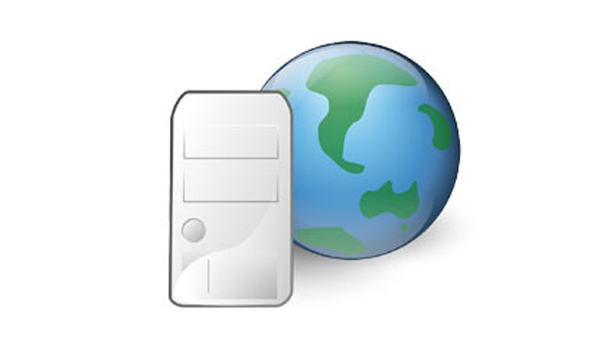Data Export
The extraction and conversion of raw data from their existing format into a format required by another application is known as data export.
Updated: December 1, 2023

The extraction and conversion of raw data from their existing format into a format required by another application is known as data export. It is also an another way to keep back up data or moving the data between two different versions of programs.
Usually, this process contains information such as user ID, individual ID, IP address, user app key, and custom user variables. Exporting data can help in extracting data and storing it separately. It can also be done as a part of a backup strategy. A huge chunk of costs incurred in organizing and tracking data can be saved by data export.
An export command can be found in the 'file' menu and is used to extract specific data like photos and videos. Text files usually do not contain any specific data to be exported.
Form data export, List export, URL export and Web services export are different types of data export that make it easier for both the administrators and users to access data.
Data export can ensures data availability, safeguards data and reduces cost. Handling large amounts of data can be expensive in terms of both runtime and computing resources. Therefore, compressing data, making data more manageable and using flat file formats are some of the best practices to follow for any data export.
Types of data export
- Flat File Export
- Database Export
- API-Based Export
- Excel Export
- XML Export
- JSON Export
- PDF Export
- Database Dump
- Cloud Storage Export
- BI Tool Export
- Data Lake Export



